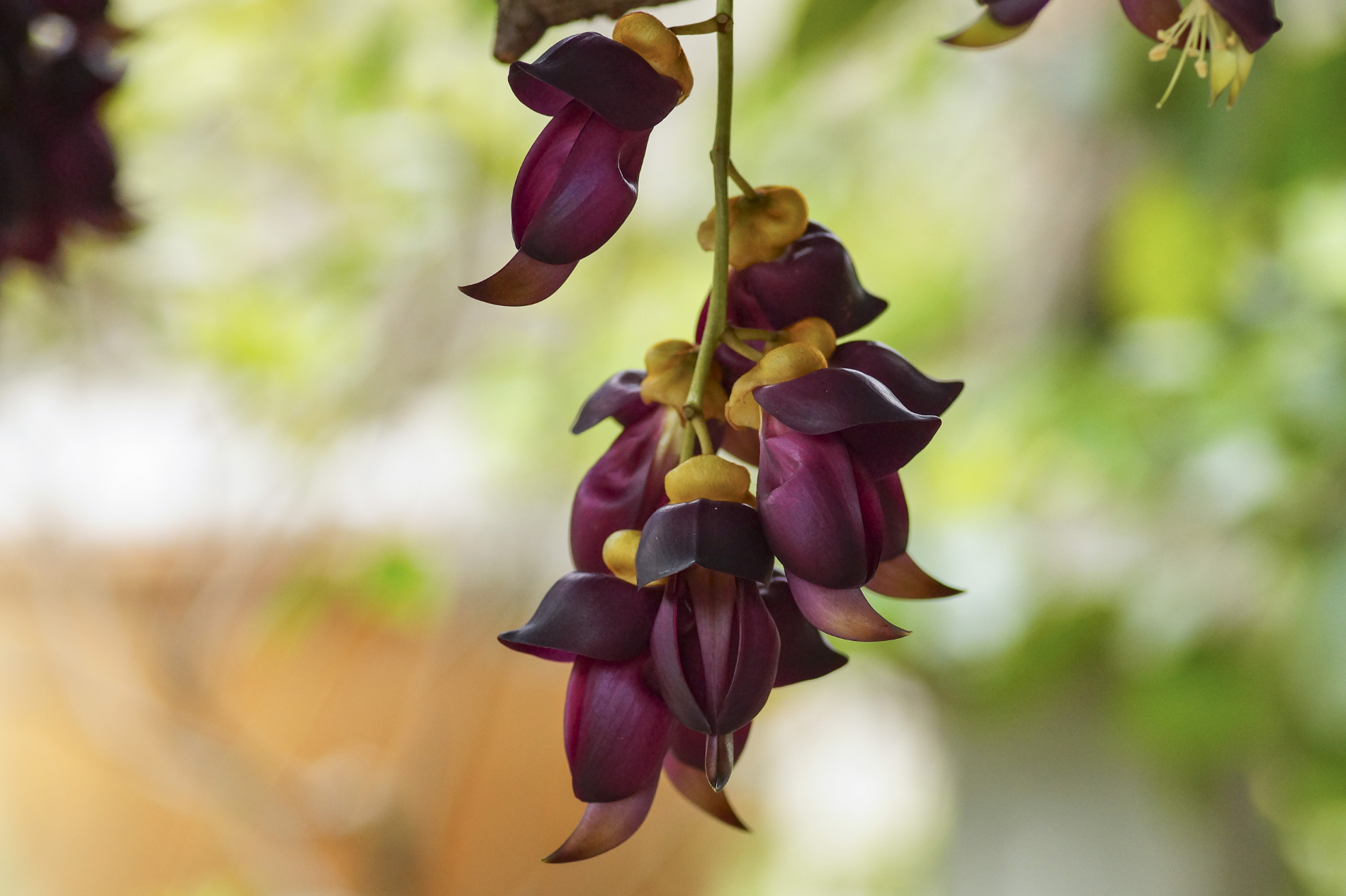The discovery of bedstraw
Bedstraw (Galium verum), also known as meadow bedstraw, is a plant that has been used in traditional medicine for centuries. Its discovery as a medicinal plant dates back to ancient times, when it was used by Greek and Roman healers to treat various ailments. The plant is widespread in Europe, Asia and North Africa and prefers to grow in meadows, pastures and along roadsides.
Forms of application and dosage
Bedstraw can be taken in various forms: as a tea, tincture, powder or ointment. Each form has its own specific areas of application and dosage:
- Tea: To make a tea, pour 250 ml of boiling water over about 2 teaspoons of dried herb. The tea should steep for 10 minutes and then be strained. It is recommended to drink 2-3 cups a day.
- Tincture: A tincture is made by soaking the plant in alcohol. The usual dosage is 20-30 drops taken twice a day.
- Powder: The dried herb can be ground into a fine powder and taken in capsules. In this case, 500-1000 mg per day is a common dosage.
- Ointment: For external use, an ointment can be made from the herb and applied to skin problems.
Bedstraw: healing effects and applications
Bedstraw is traditionally used for a variety of ailments:
- Skin problems: Due to its anti-inflammatory and antiseptic properties, bedstraw is used for skin conditions such as eczema, psoriasis and wounds.
- Kidney and bladder problems: The herb has a diuretic effect and helps with kidney stones and bladder infections.
- Liver diseases: Supports liver function and helps detoxify the body.
- Digestive disorders: Bedstraw can relieve stomach discomfort, cramps and flatulence.
- Cancer: Some studies indicate that the plant has anti-carcinogenic properties and can inhibit the growth of certain cancer cells.
Effect on the body
The healing effect of bedstraw is based on various bioactive compounds such as flavonoids, saponins, coumarins and iridoids. These substances have an antioxidant, anti-inflammatory, antimicrobial and diuretic effect. By supporting kidney and liver function, the herb promotes detoxification of the body and strengthens the immune system.
When to take it
Bedstraw should be taken for certain health complaints. For example, it can be helpful for acute urinary tract infections, skin problems or digestive disorders. It can also be used as a cure to generally strengthen health and prevent illness.
Bedstraw: contraindications and warnings
Not everyone should take bedstraw. People with certain pre-existing conditions or in certain life situations should be careful:
- Pregnant women and breastfeeding mothers: It should only be taken after consulting a doctor, as there are insufficient studies on its safety.
- Children: Caution should also be exercised with children and use should be under medical supervision.
- People with severe kidney or liver disease: Self-medication can be risky here and should be avoided.
Food supplements and medicinal plants
Other dietary supplements and medicinal plants can be taken to support the effect of bedstraw:
- Stinging nettle: this plant also has a diuretic effect and supports kidney function.
- Milk thistle: Promotes liver health and complements the detoxifying effect of bedstraw.
- Probiotics: Support intestinal health and can work with bedstraw to improve digestion.
- Vitamin C: Strengthens the immune system and supports the antioxidant effect of bedstraw.
Foods contained
Bedstraw itself is not a typical food, but some of its active ingredients can be found in other foods:
- Flavonoids: in fruits such as apples and berries and in vegetables such as onions and kale.
- Saponins: in legumes such as beans and peas.
- Coumarins: In foods such as cinnamon and citrus fruits.
Bedstraw: Possible side effects and overdose
Although bedstraw is considered safe, the following side effects may occur in sensitive individuals:
- Gastrointestinal discomfort: Nausea, vomiting or diarrhea with high doses.
- Allergic reactions: Skin rash or itching with topical use.
An overdose can put excessive strain on the kidneys and lead to dehydration. The recommended dosage should therefore not be exceeded.
Naturopathic forms and applications
In naturopathy, bedstraw is mainly used in the following forms:
- Homeopathy: Here the herb is used in a highly diluted form for various complaints.
- Phytotherapy: In herbal medicine, it is used internally as a tea or tincture and externally as an ointment or poultice.
Bedstraw is a remarkable medicinal plant with a wide range of possible applications. Its broad effect on various body systems makes it a valuable component of naturopathy. Proper use and dosage are crucial to reap the health benefits and avoid possible side effects.
The influence of bedstraw on modern medicine
Tradition meets modern research
Although bedstraw has been used in folk medicine for centuries, it is only in recent decades that modern research has begun to scientifically confirm its healing properties. Numerous studies have investigated the effectiveness of the bioactive compounds contained in the plant for various health problems.
Healing inflammation and infections
One of the most remarkable properties of bedstraw is its anti-inflammatory and antimicrobial effect. Flavonoids and coumarins help to reduce inflammation, while the plant’s antimicrobial properties can act against various pathogenic bacteria and fungi. This makes bedstraw particularly useful in the treatment of skin infections and inflammatory diseases.
Supporting kidney and bladder function
The diuretic effect of bedstraw supports kidney and bladder function. By increasing urine output, the plant can help to flush toxins from the body and reduce the risk of urinary tract infections and kidney stones. This is particularly beneficial for people prone to such problems.
Promoting liver health
The liver is a key organ for detoxifying the body, and bedstraw can support its function in a number of ways. It promotes the production of bile, which is important for digestion and the elimination of waste products. The plant’s antioxidant properties protect liver cells from free radical damage and promote the regeneration of liver tissue.
Treatment of digestive complaints
Digestive complaints such as flatulence, cramps and bloating can be alleviated by taking bedstraw. The calming properties of the plant help to relax the smooth muscles of the digestive tract and relieve cramps. This can also be helpful for irritable bowel syndrome and other functional digestive disorders.
Possible use in cancer
A promising area of research is the possible use of bedstraw in the treatment of cancer. Some studies have shown that the iridoids and flavonoids contained in the plant can inhibit the growth of certain cancer cells. However, these results are still preliminary and further research is needed to confirm the exact mechanisms and clinical efficacy.
When should bedstraw be taken?
Bedstraw can be used both preventively and therapeutically. It is suitable for regular use to promote general health, especially for people who want to support their kidney and liver function. For acute complaints such as urinary tract infections, digestive disorders or skin problems, it can be taken over a limited period of time until the symptoms subside.
Summary
Bedstraw is a versatile medicinal plant with a long tradition and numerous possible applications. It offers natural support in the treatment of skin problems, digestive disorders, kidney and liver diseases and possibly also cancer. However, responsible use in accordance with dosage recommendations and possible contraindications is essential in order to benefit from the health advantages and avoid side effects. The effects of bedstraw can be further optimized by combining it with other medicinal plants and dietary supplements.




